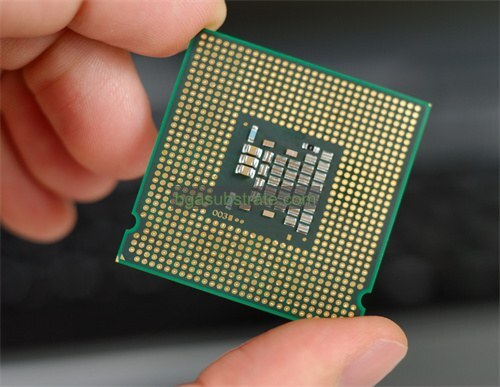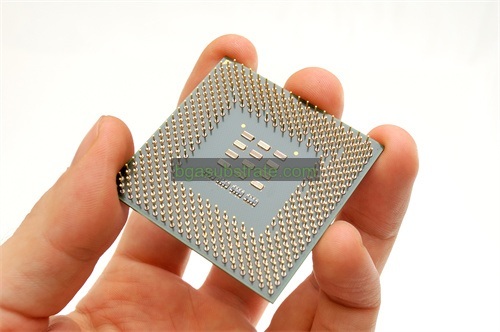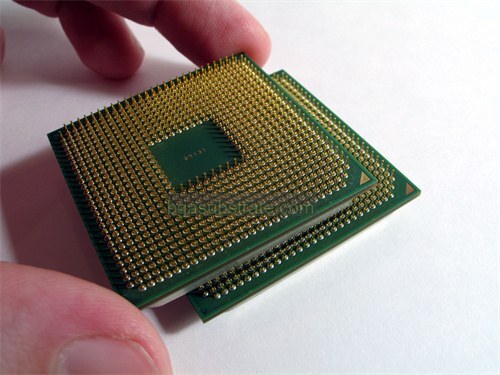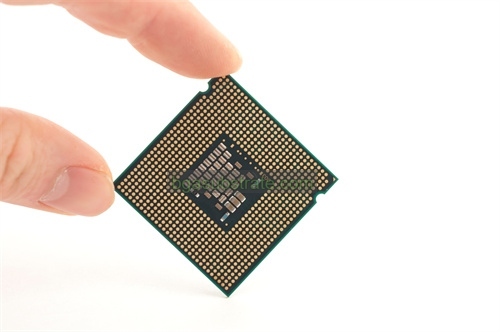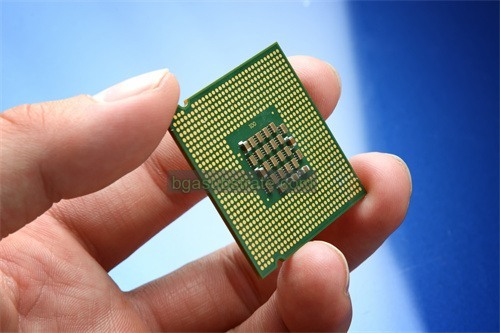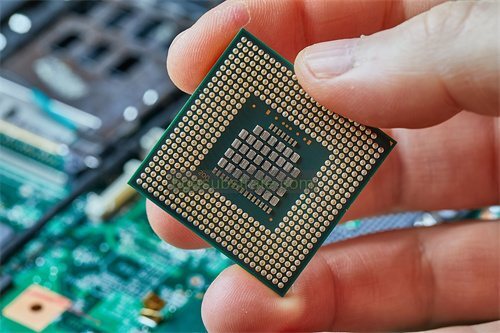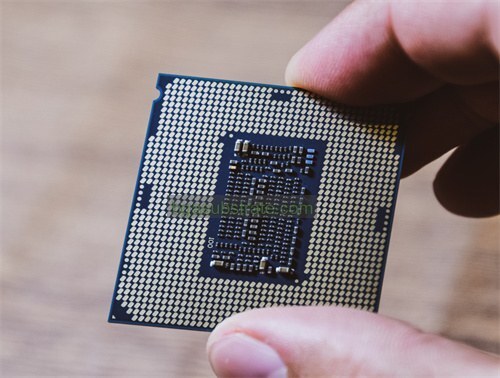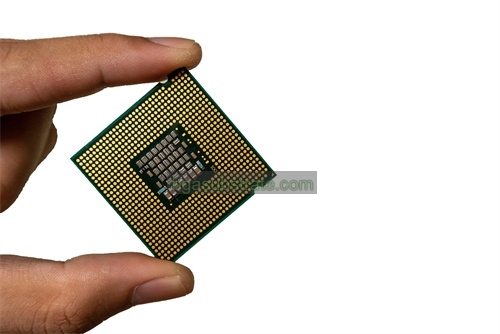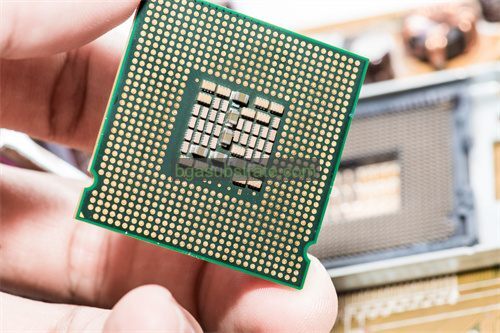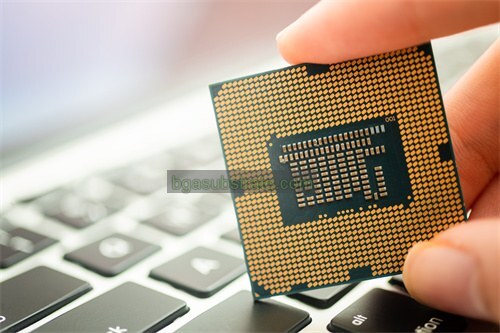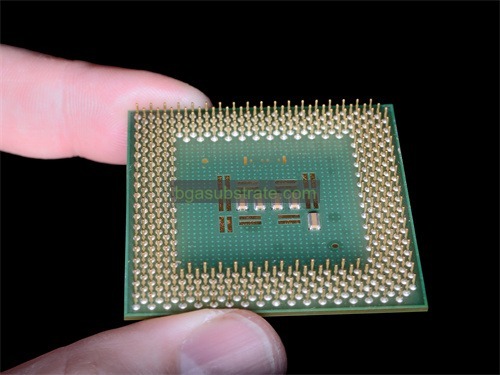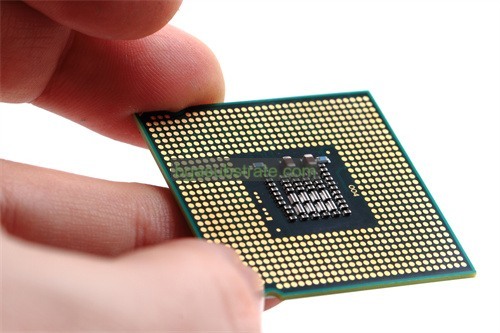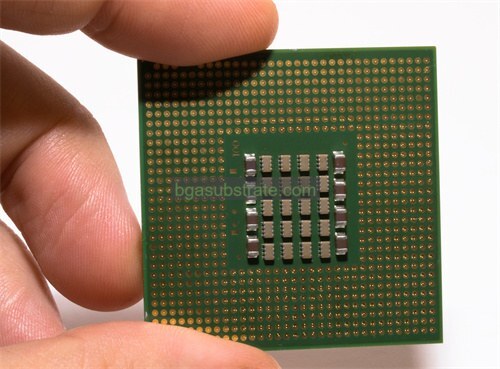Rogers RT/duroid® 5880LZ Substrate 생산자
Rogers RT/듀로이드® 5880LZ 기판 제조업체,Rogers RT/duroid® 5880LZ Substrate is a high-performance PTFE-based glass fiber reinforced composite material renowned for its excellent RF properties and stable dielectric performance. Its low loss tangent and low dielectric constant make it ideal for high-frequency and microwave applications, supporting complex circuit designs and high-speed signal transmission. Rogers RT/duroid® 5880LZ Substrate is particularly suited for satellite communications, 레이더 시스템, and wireless infrastructure, providing reliable signal transmission and high-temperature durability for critical electronic devices.
무엇입니까 Rogers RT/duroid® 5880LZ Substrate?
Rogers RT/duroid® 5880LZ is a high-frequency laminate substrate renowned for its exceptional electrical and mechanical properties. It belongs to the RT/duroid® family, known for reliability in demanding applications like aerospace, 방어, and telecommunications.
This substrate features a low dielectric constant (εr) of 1.96, making it ideal for high-frequency circuit designs where signal integrity is critical. The low loss tangent (0.0018) ensures minimal signal attenuation, crucial for maintaining signal strength over long distances or at high frequencies. Its thermal stability and low moisture absorption enhance performance across varying environmental conditions.
The RT/duroid® 5880LZ substrate is fabricated using a ceramic-filled PTFE composite material, providing excellent dimensional stability and mechanical strength. This makes it suitable for applications requiring precision machining and tight tolerance requirements.
Engineers favor RT/duroid® 5880LZ for designing microstrip and stripline circuits, 안테나, 레이더 시스템, and satellite communications due to its consistent electrical properties and ease of processing. Its compatibility with standard PCB fabrication processes further enhances its appeal in high-performance electronic designs.
전반적, RT/duroid® 5880LZ stands out for its reliable performance in high-frequency applications where maintaining signal integrity, 열 관리, and mechanical robustness are paramount.
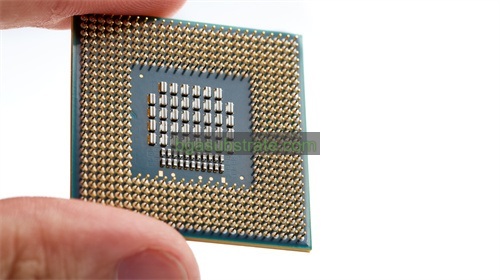
Rogers RT/듀로이드® 5880LZ 기판 제조업체
무엇입니까 Rogers RT/duroid® 5880LZ Substrate 디자인 지침?
The design guidelines for Rogers RT/duroid® 5880LZ substrate focus on optimizing performance and reliability in high-frequency applications. Here are some key considerations:
- 재료 속성: Understand the substrate’s electrical characteristics, such as dielectric constant (εr) of 1.96 and loss tangent (탄δ) of 0.0018. These properties guide impedance calculations and signal integrity analysis.
- Transmission Line Design: Design transmission lines (microstrip or stripline) according to the desired impedance (typically 50 옴) using the substrate’s dielectric constant and thickness. Ensure precise control over trace widths and spacing for impedance matching.
- 비아 디자인: Use microvias or through-holes carefully to maintain signal integrity and mechanical stability. Properly size vias to minimize impedance discontinuities and ensure reliable electrical connections between layers.
- Stackup Considerations: Optimize the PCB stackup to manage signal propagation and minimize crosstalk. Place critical signal layers close to the RT/duroid® 5880LZ substrate to reduce losses and maintain signal integrity.
- Environmental Stability: Consider thermal management and mechanical stability. RT/duroid® 5880LZ has low moisture absorption and good thermal stability, but design with adequate thermal vias and mounting techniques for temperature-sensitive applications.
- 제조 제약 조건: Understand the substrate’s processing capabilities and limitations. Ensure compatibility with standard PCB fabrication processes, including etching, 드릴링, 그리고 박판.
- 테스트 및 검증: Perform thorough testing and validation of fabricated PCBs to verify electrical performance against design specifications. Use vector network analyzers (VNAs) and impedance testers to measure and validate impedance matching and signal integrity.
다음 디자인 지침을 따릅니다, engineers can leverage the superior electrical and mechanical properties of Rogers RT/duroid® 5880LZ substrate to achieve reliable performance in high-frequency circuits and applications.
의 장점 Rogers RT/duroid® 5880LZ Substrate
Rogers RT/duroid® 5880LZ substrate offers several advantages that make it a preferred choice for high-frequency electronic applications:
- Low Dielectric Constant: With a dielectric constant (εr) of 1.96, RT/duroid® 5880LZ enables precise impedance control in RF and microwave circuits. This property is critical for maintaining signal integrity and reducing signal loss, especially at higher frequencies.
- Low Loss Tangent: The substrate has a low loss tangent (탄δ) of 0.0018, which minimizes signal attenuation. This characteristic is essential for applications requiring high signal clarity and minimal energy loss, such as in telecommunications and radar systems.
- 열 안정성: RT/duroid® 5880LZ exhibits excellent thermal stability, ensuring reliable performance across a wide range of temperatures. This stability is crucial for applications exposed to varying environmental conditions or operating in demanding thermal environments.
- 기계적 강도: The substrate’s ceramic-filled PTFE composite material provides robust mechanical properties, including dimensional stability and resistance to mechanical stress. This feature supports precise machining and maintains circuit integrity under mechanical loads.
- Process Compatibility:RT/duroid® 5880LZ is compatible with standard PCB fabrication processes, facilitating ease of manufacturing and reducing production complexity. This compatibility allows for cost-effective production of high-performance RF and microwave circuits.
- Reliability: Known for its consistent electrical performance and durability, RT/duroid® 5880LZ offers reliability in critical applications such as aerospace, 방어, 및 위성 통신. Its reliability ensures long-term operation without degradation in performance.
- Broad Application Range: Suitable for various high-frequency applications, including microstrip and stripline circuits, 안테나, 레이더 시스템, and high-speed digital applications. Its versatile properties make it a preferred choice across different industries requiring high-performance electronic solutions.
전반적, Rogers RT/duroid® 5880LZ substrate stands out for its combination of low dielectric constant, 저손실 탄젠트, 열 안정성, 기계적 강도, 그리고 신뢰성, making it ideal for demanding applications where high-frequency performance and signal integrity are paramount.
무엇입니까 Rogers RT/duroid® 5880LZ Substrate 제작 과정?
The fabrication process of Rogers RT/duroid® 5880LZ substrate involves several steps to achieve its high-performance characteristics:
- 재료 준비: The substrate material consists of a ceramic-filled PTFE (폴리테트라플루오로에틸렌) 합성물. The components are mixed and prepared to ensure uniform dispersion of ceramic fillers within the PTFE matrix. This step is crucial for achieving consistent electrical and mechanical properties throughout the substrate.
- 박판: The prepared material is then laminated into sheets of specific thicknesses, typically ranging from thin sheets used for PCB inner layers to thicker sheets for base substrates. Lamination is performed under controlled temperature and pressure conditions to ensure proper bonding and elimination of air voids.
- 치료: 적층 후, the substrate undergoes a curing process. This step involves heating the laminated material to a specific temperature to promote cross-linking and polymerization of the PTFE matrix. Curing enhances the substrate’s mechanical strength, 열 안정성, 및 내 화학성.
- 표면 처리:The cured substrate surfaces are treated to prepare them for subsequent processing steps, such as metallization and etching. Surface treatment may involve cleaning to remove contaminants and applying a surface treatment to improve adhesion of metal traces during PCB manufacturing.
- 금속: Metal foils, 일반적으로 구리, are bonded to the treated substrate surfaces through a lamination process. The metal foils serve as conductive layers for circuit traces and component connections. The thickness and quality of metallization play a crucial role in the substrate’s electrical performance.
- 에칭: Circuit patterns are created on the metallized substrate using etching techniques. Etching involves selectively removing unwanted copper from the substrate surface using chemical processes or plasma etching. Precision etching ensures accurate realization of circuit designs and impedance control.
- 드릴링 및 도금: Holes for component mounting and interlayer connections (비아) are drilled through the substrate. These holes are plated with conductive materials, 일반적으로 구리, to establish electrical connections between different circuit layers. The plating process enhances the substrate’s reliability and conductivity.
- 표면 마감: 마침내, the fabricated substrate undergoes surface finishing processes to protect exposed copper surfaces and improve solderability. Common surface finishes include solder mask application, which provides insulation and identifies soldering areas, and immersion gold or other finishes for enhanced solderability and corrosion resistance.
By following these fabrication steps with precise control over parameters such as temperature, pressure, and material quality, Rogers RT/duroid® 5880LZ substrate achieves its renowned characteristics of low dielectric constant, 저손실 탄젠트, 열 안정성, 및 기계적 강도, making it suitable for high-frequency RF and microwave applications.
세라믹의 적용 Rogers RT/duroid® 5880LZ Substrate
Rogers RT/duroid® 5880LZ substrate finds extensive application in high-frequency RF (무선 주파수) and microwave circuits due to its excellent electrical and mechanical properties. 다음은 몇 가지 주요 응용 프로그램입니다:
- Microwave Communication Systems: RT/duroid® 5880LZ is used in microwave communication systems for satellite communications, 레이더 시스템, and terrestrial microwave links. Its low loss tangent (0.0018) and low dielectric constant (εr = 1.96) ensure minimal signal attenuation and high signal integrity, crucial for maintaining communication reliability over long distances.
- 항공우주 및 방위 산업: It is widely employed in aerospace and defense applications where reliability, 내구성, and performance under extreme conditions are essential. RT/duroid® 5880LZ substrate’s thermal stability and mechanical strength make it suitable for radar systems, 항공, electronic warfare systems, and military communications equipment.
- High-Speed Digital Applications: Inaddition to RF and microwave circuits, RT/duroid® 5880LZ is used in high-speed digital applications requiring controlled impedance and signal integrity, such as high-frequency PCBs in computing, data transmission, and digital signal processing equipment.
- Antennas: The substrate’s dimensional stability and excellent RF properties make it ideal for designing high-performance antennas. It is used in various antenna types, including patch antennas, phased array antennas, and antennas for wireless communication systems.
- Test and Measurement Equipment: RT/duroid® 5880LZ is utilized in test and measurement equipment, including network analyzers and spectrum analyzers, where precise signal transmission and measurement accuracy are critical.
- Medical Equipment: It finds applications in medical devices and equipment where high-frequency electronic components are required for diagnostics, 이미징 시스템, and treatment devices.
- Automotive Radar Systems: With the increasing adoption of radar systems in automotive applications for collision avoidance, 어댑티브 크루즈 컨트롤, and autonomous driving features, RT/duroid® 5880LZ substrate’s performance characteristics are valuable for ensuring reliable and accurate radar operation.
전반적, Rogers RT/duroid® 5880LZ substrate’s versatility, 신뢰도, and high-performance capabilities make it a preferred choice in industries and applications demanding stringent RF and microwave performance requirements. Its ability to maintain signal integrity, withstand harsh environmental conditions, and support high-frequency operations contributes to its widespread use across diverse technological fields.
에 대한 FAQ Rogers RT/duroid® 5880LZ Substrate
What is RT/duroid® 5880LZ substrate?
RT/duroid® 5880LZ is a high-frequency laminate substrate known for its low dielectric constant (εr = 1.96) 및 저손실 탄젠트 (0.0018). It is widely used in RF and microwave applications for its excellent electrical performance.
What are the key advantages of RT/duroid® 5880LZ substrate?
The substrate offers advantages such as low signal attenuation, high signal integrity, 열 안정성, 기계적 강도, and compatibility with high-frequency applications. It is suitable for aerospace, 방어, 통신, and high-speed digital applications.
Where is RT/duroid® 5880LZ substrate commonly used?
It is commonly used in microwave communication systems, 레이더 시스템, aerospace applications, high-speed digital circuits, 안테나, test and measurement equipment, and automotive radar systems.
What are the electrical properties of RT/duroid® 5880LZ substrate?
RT/duroid® 5880LZ has a low dielectric constant of 1.96 and a low loss tangent of 0.0018. These properties ensure minimal signal loss and high-frequency performance, making it suitable for high-speed data transmission and RF applications.
How does RT/duroid® 5880LZ substrate compare to other materials?
Compared to other substrates, RT/duroid® 5880LZ offers superior electrical performance in terms of low dielectric constant and low loss tangent, which are critical for maintaining signal integrity and reducing energy loss in high-frequency circuits.
What are the fabrication and processing considerations for RT/duroid® 5880LZ substrate?
The substrate undergoes processes such as lamination, 치료, metallization, 에칭, and surface finishing to achieve its final properties. It is compatible with standard PCB fabrication processes, facilitating ease of manufacturing.
Is RT/duroid® 5880LZ substrate suitable for harsh environmental conditions?
예, RT/duroid® 5880LZ substrate is designed to withstand harsh environmental conditions, including temperature variations and mechanical stress. Its thermal stability and dimensional robustness make it suitable for rugged applications in aerospace, 방어, and automotive industries.
 귀하의 웹 사이트 이름
귀하의 웹 사이트 이름


